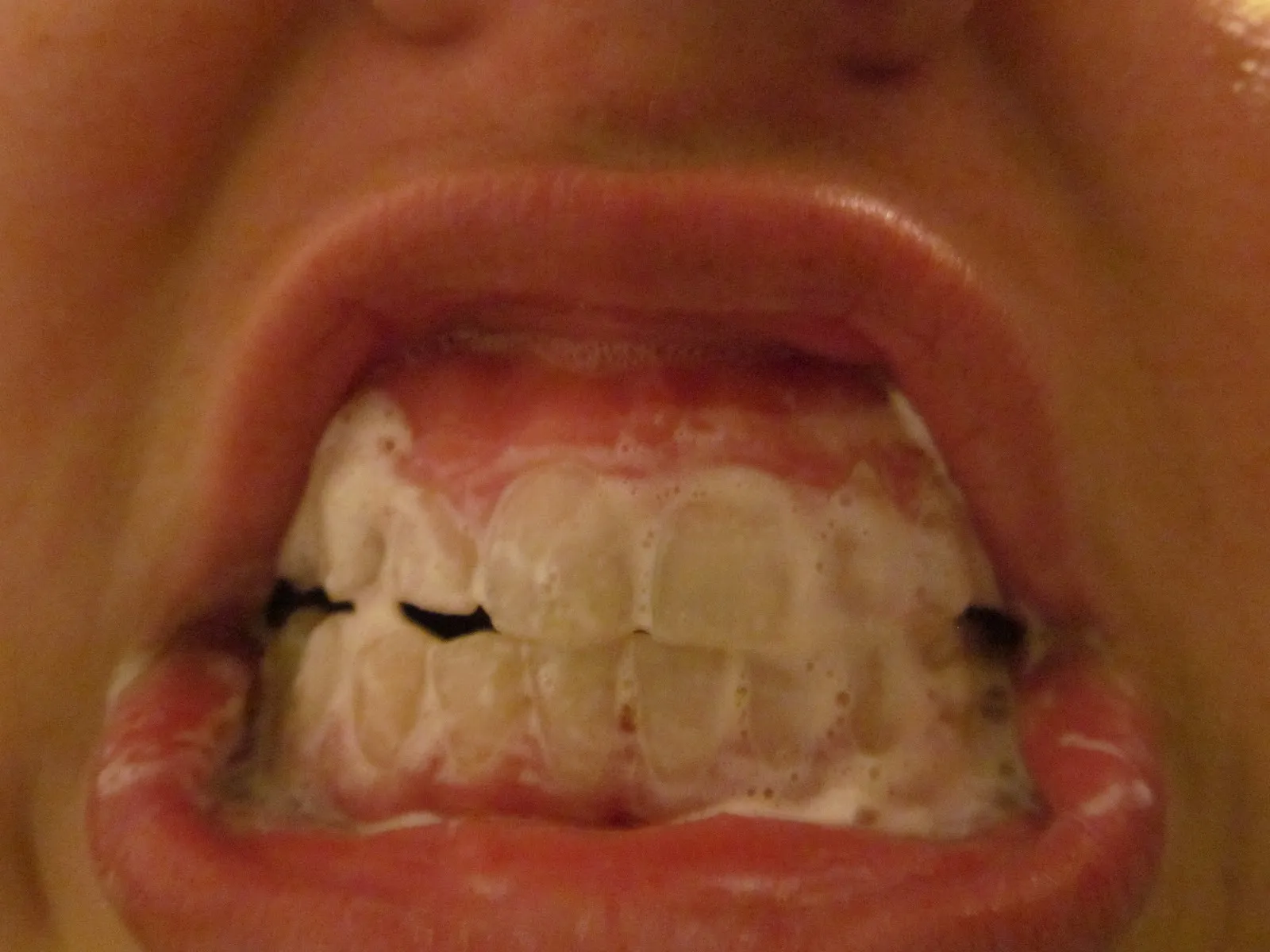What Causes Blotchy Teeth After Whitening?
Achieving a bright, white smile is a common goal for many, and teeth whitening has become a popular cosmetic procedure. However, sometimes the results aren’t as picture-perfect as hoped. One of the most frustrating outcomes is blotchy teeth, where the whitening appears uneven, leaving some areas brighter than others. Understanding the causes of blotchy teeth is the first step in addressing and preventing this issue. Several factors can contribute to this uneven appearance, ranging from the application of the whitening agent to underlying dental conditions. By identifying the root causes, individuals can take proactive steps to achieve a uniformly radiant smile. Let’s dive deeper into the common culprits behind blotchy teeth after whitening, ensuring you’re well-informed for a successful whitening experience.
Uneven Application of Whitening Agents
One of the primary causes of blotchy teeth is the uneven application of the whitening agent. This can happen with both professional and at-home whitening treatments. When the whitening gel doesn’t make consistent contact with all surfaces of the teeth, or when the application is thicker in some areas than others, the result can be an uneven whitening effect. For example, if you are using a whitening tray, the gel might not be evenly spread within the tray, or the tray itself may not fit snugly against the teeth in all areas. This can lead to some parts of the teeth being exposed to more of the whitening agent, resulting in a brighter appearance compared to others. Similarly, with professional treatments, inconsistent application techniques by the dentist can also contribute to this issue. Proper technique and consistent coverage are crucial for a uniform whitening result. It’s always best to consult with a dental professional for proper application.
Incorrect Tray Usage
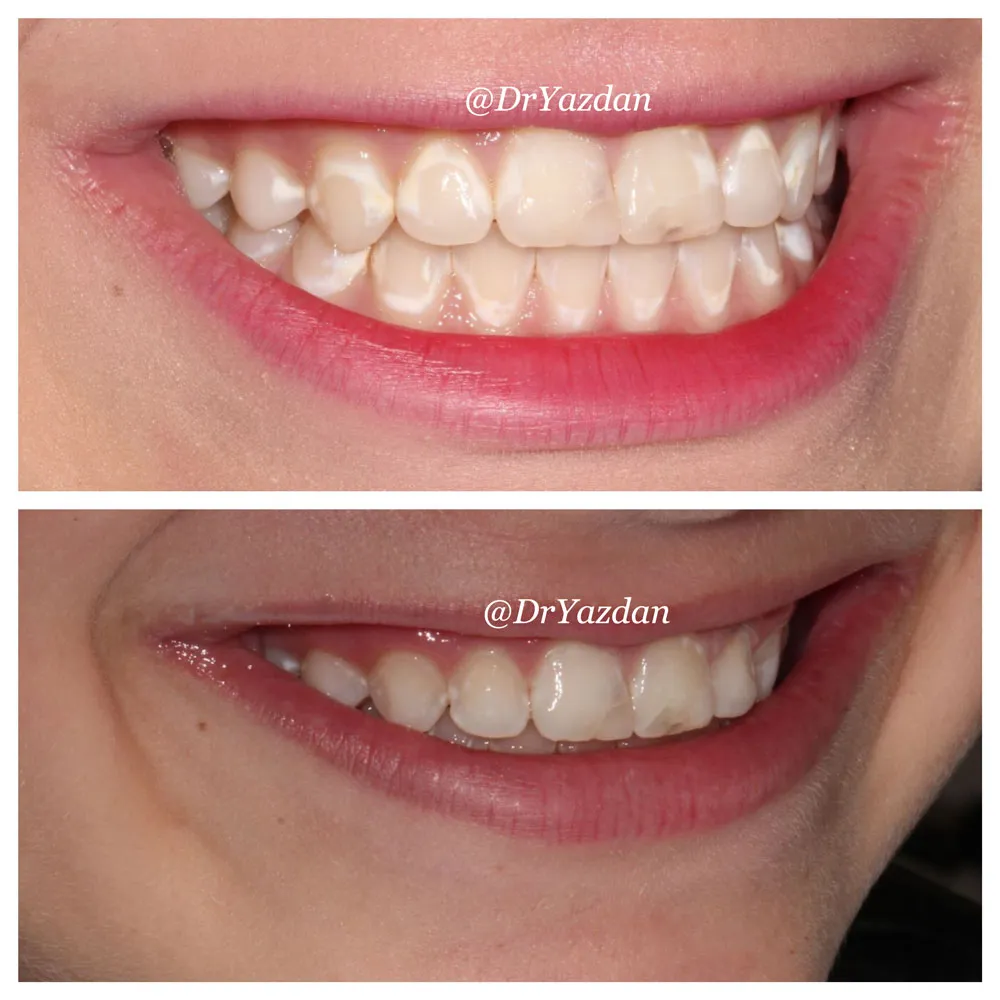
Incorrect tray usage is another significant factor contributing to blotchy results. If you’re using at-home whitening kits with trays, it is crucial to use them correctly. The trays must fit properly and cover all tooth surfaces evenly. If the tray is not a custom fit, it may not make adequate contact with all areas of your teeth, leading to uneven whitening. For example, if the tray is too small or doesn’t conform perfectly to the shape of your teeth, the whitening gel might not reach all surfaces consistently. Furthermore, using too much or too little gel in the tray can also affect the outcome. Too much gel can overflow and irritate the gums, while too little gel might not cover the entire tooth surface adequately. Following the instructions provided with your whitening kit is vital. Custom-fit trays made by a dentist generally provide a more consistent and even result because they are designed specifically for the individual’s mouth. Improper use of whitening trays is a frequent cause of inconsistent results.
Existing Dental Issues
Existing dental issues can also contribute to the blotchy appearance after teeth whitening. Conditions like enamel defects, fillings, crowns, or veneers do not whiten the same way natural enamel does. For instance, if you have fillings or crowns, the whitening agent will not affect these materials, leading to a noticeable contrast between the whitened natural teeth and the artificial restorations. Similarly, teeth with enamel defects, such as hypocalcification or fluorosis, may absorb the whitening agent differently, resulting in uneven coloration. These areas might whiten faster or slower than the rest of the tooth. Therefore, it’s essential to have a consultation with your dentist before undergoing teeth whitening. They can assess your oral health and identify any underlying issues that could impact the results. Addressing these concerns beforehand will help you set realistic expectations and prevent uneven whitening effects. Be sure to discuss existing dental work with your dentist before beginning any whitening treatment.
Solutions for Blotchy Teeth Whitening
If you’re dealing with blotchy results from teeth whitening, several solutions can help to correct the issue. The best approach often depends on the cause and severity of the uneven whitening. Consulting with a dental professional is essential, as they can assess the situation and recommend the most appropriate course of action. Depending on the cause, options might range from adjusting the whitening process to professional treatments. Remember that patience and consistency are key. Trying to rush the process or using unproven methods can lead to further complications. Let’s explore the effective methods that can help you achieve a uniform and radiant smile.
Professional Teeth Whitening Options
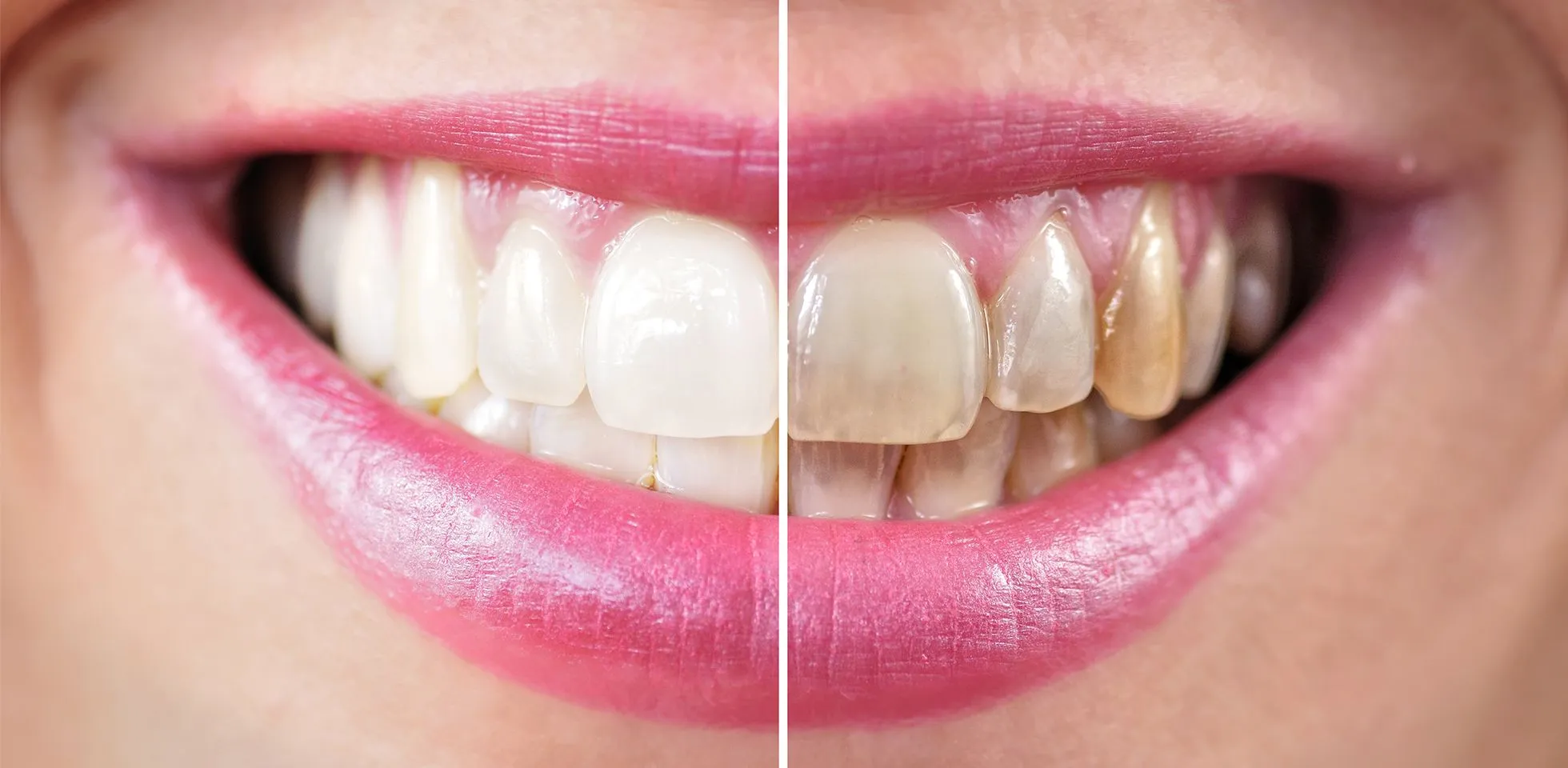
Professional teeth whitening offers several advantages when dealing with blotchy results. Dentists can use stronger whitening agents and techniques that aren’t available for home use. For instance, in-office whitening treatments often use a high-concentration hydrogen peroxide gel activated by a special light or laser. This process can penetrate deeper into the enamel, resulting in a more even and intense whitening effect compared to at-home kits. A dental professional can also address the underlying causes of uneven whitening, such as existing dental issues or improper tray usage. They can assess your oral health, provide custom-fit trays, and ensure proper application of the whitening agent. Professional treatments are typically faster, achieving noticeable results in just one session. Moreover, your dentist can monitor the process and adjust the treatment as needed, ensuring a safer and more effective whitening experience. Consider professional whitening to get the best outcome for a bright smile.
At-Home Whitening Solutions
While professional treatments offer significant advantages, at-home whitening solutions can also be effective for some individuals, particularly for addressing mild cases of blotchiness. When choosing at-home options, it’s crucial to select products that are safe and effective. Over-the-counter whitening kits, such as strips or trays, are readily available, but the results can be less predictable than professional treatments. Ensure you follow the product instructions carefully. Custom-fit trays, which your dentist can provide, are a better option than generic trays, as they ensure more even coverage of the whitening agent. Using a lower concentration of whitening gel and applying it for a shorter period can also help minimize uneven results. If you opt for at-home whitening, always consult your dentist beforehand. They can guide you on choosing the right products and provide advice on how to use them effectively to prevent and correct blotchy results. Careful and consistent application is key to achieving the best possible results from home treatments.
Over-the-Counter Whitening Products
Over-the-counter whitening products are a convenient option for many, but they come with considerations. The most common products include whitening strips, trays with pre-filled gel, and whitening toothpaste. These products often contain lower concentrations of peroxide compared to professional treatments, making them gentler but potentially less effective for severe discoloration or blotchiness. For example, whitening strips are easy to use, but they might not reach all areas of your teeth, particularly the back teeth, which could contribute to uneven whitening. Whitening toothpaste can help remove surface stains, but it’s less effective for deep stains and may not correct blotchy results. When using over-the-counter products, carefully follow the instructions. Avoid using too much product, as this can lead to gum irritation or uneven results. Consider consulting with your dentist to ensure that the chosen product is suitable for your specific needs and oral health condition. They can provide advice on the best products and techniques to minimize the risk of blotchy teeth.
Custom-Fit Trays for Even Whitening
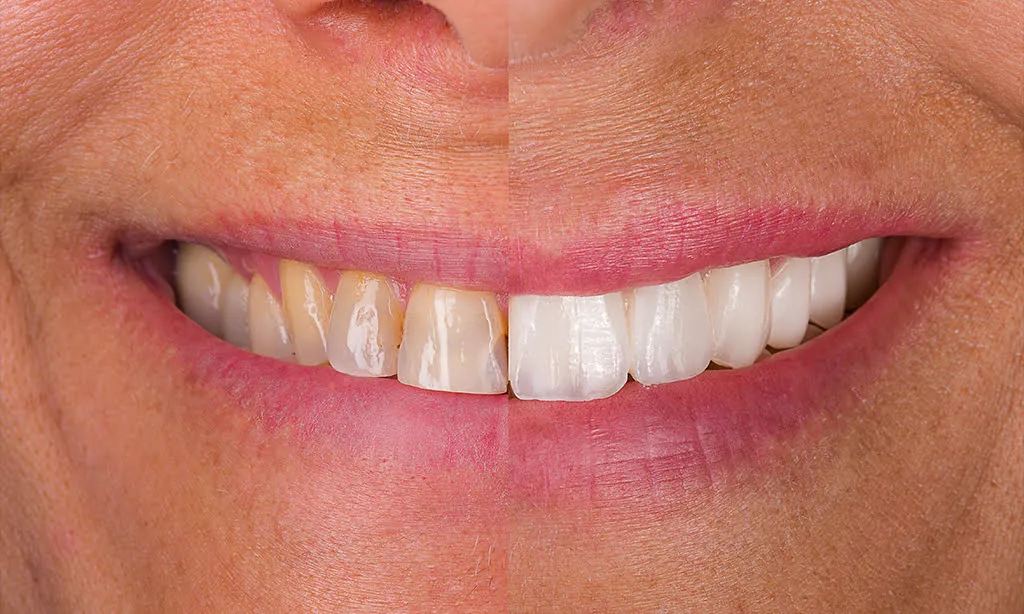
Custom-fit trays offer a significant advantage for achieving even whitening results, especially when using at-home whitening kits. Unlike the generic, one-size-fits-all trays that often come with over-the-counter products, custom trays are made to fit the precise contours of your teeth. This personalized fit ensures the whitening gel makes consistent contact with all tooth surfaces. This even distribution is critical to preventing blotchy teeth. During the fabrication process, your dentist takes impressions of your mouth, creating a perfect mold for the trays. These trays fit snugly, preventing the gel from leaking and ensuring the optimal concentration of the whitening agent. Custom trays also reduce the risk of gum irritation because they are designed to keep the gel away from your gums. For those seeking an even, bright smile, custom-fit trays can greatly improve the overall outcome of the teeth whitening process. When considering home whitening treatments, custom trays are a worthwhile investment for consistent and uniform results.
How to Prevent Blotchy Results
Prevention is always better than cure. Preventing blotchy results starts with understanding the factors that contribute to uneven whitening. By taking proactive steps, you can minimize the risk of developing this issue and enjoy a consistently bright smile. This involves proper preparation, diligent application of the whitening agent, and ongoing care. Always be patient and consistent with your treatment. Rushing the process or skipping steps can lead to undesired outcomes. Let’s delve into the crucial steps you can take to prevent blotchy results and maintain a beautiful, even smile.
Proper Tray Instructions
Proper tray usage is essential to prevent blotchy teeth. Before you start whitening, carefully read and follow the instructions provided with your whitening kit. Ensure that you insert the correct amount of whitening gel into the tray. Too much gel can overflow and irritate your gums, while too little may lead to uneven results. Make sure the tray fits properly and covers all tooth surfaces evenly. Custom-fit trays, made by your dentist, are always recommended for the best results. Wear the trays for the recommended time, and avoid leaving them in for longer than advised, as this can lead to irritation or uneven whitening. When inserting and removing the trays, be gentle to avoid damaging them. Regular and consistent tray use will give you a more uniform and attractive smile. Proper tray use is critical for a successful whitening experience.
Following Whitening Guidelines
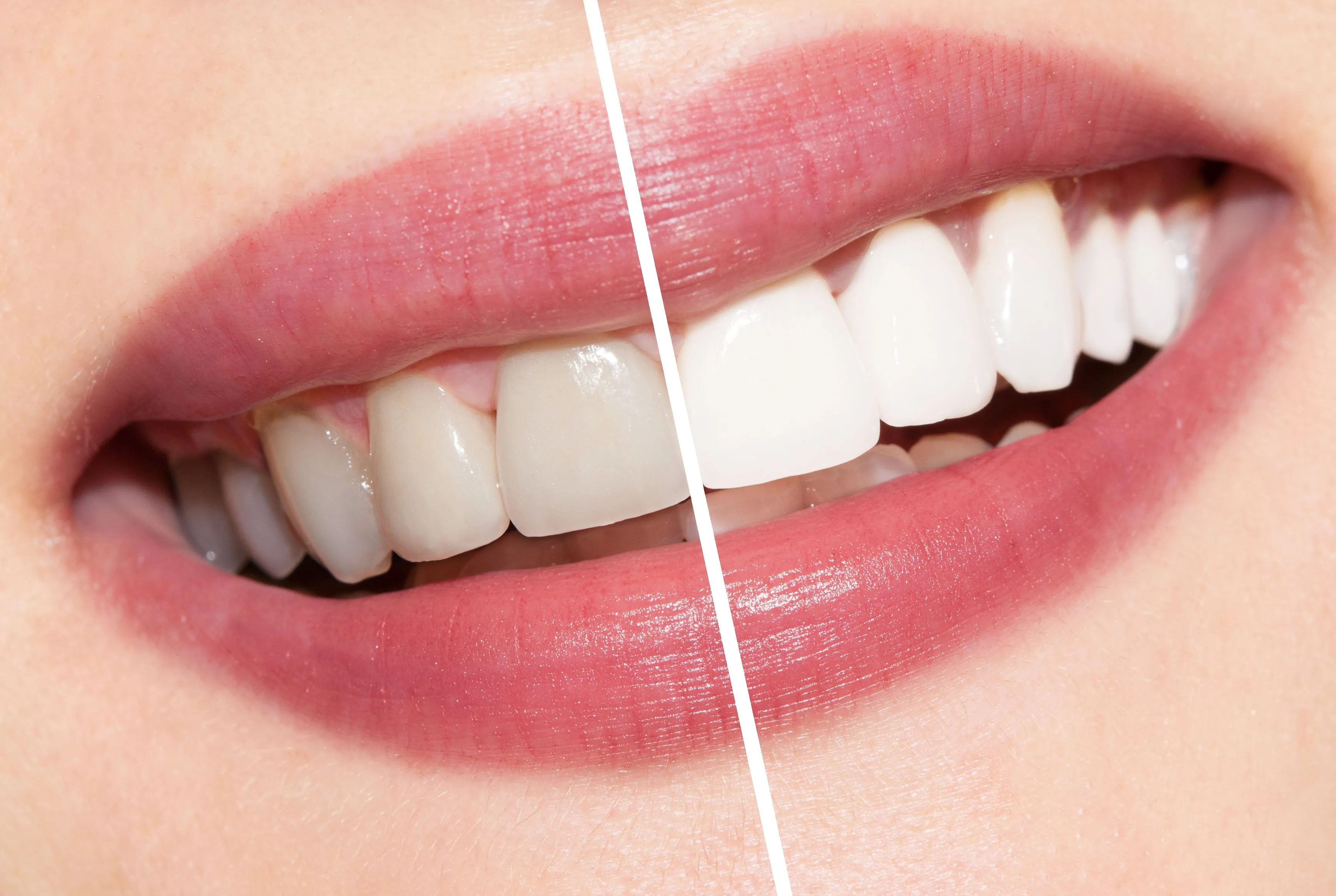
Following the whitening guidelines is key to achieving optimal results and avoiding blotchy teeth. These guidelines include not only the proper use of trays but also maintaining a healthy oral hygiene routine. Always brush and floss your teeth before applying the whitening agent to remove plaque and food particles, which could interfere with the whitening process. Avoid brushing immediately after whitening, as your enamel can be more susceptible to abrasion. Be sure to avoid smoking or using tobacco products. Smoking not only stains your teeth but also reduces the effectiveness of the whitening treatment. Limit your consumption of staining foods and drinks, such as coffee, tea, red wine, and berries, especially during and immediately after the whitening process. This will help you maintain the bright, even results for longer. Following all the guidelines is crucial to get the outcome you want.
Consulting a Dentist
Consulting with your dentist before starting any teeth whitening treatment is a highly recommended step. A dentist can evaluate your oral health, identify any underlying issues that could affect the results, and provide personalized recommendations. They can assess the condition of your teeth and gums, look for existing fillings, crowns, or other dental work, and explain how these might affect the whitening outcome. Additionally, a dentist can offer professional teeth whitening options or custom-fit trays, which are more effective in achieving even results compared to over-the-counter products. They can also provide guidance on the correct use of whitening products, helping you avoid common pitfalls like blotchy teeth or gum irritation. Furthermore, your dentist can discuss the best practices for maintaining a bright smile and offer post-whitening care tips. A dental checkup is an important step to maximize the benefits of teeth whitening while minimizing the risk of uneven results.
Post-Whitening Care for Your Teeth
Post-whitening care is essential to maintain your bright, even smile and prevent blotchy results from reappearing. This care involves a combination of dietary adjustments and maintaining excellent oral hygiene. Immediately after whitening, your teeth are more porous and vulnerable to staining. Therefore, it is crucial to avoid foods and drinks that can stain your teeth during this period. By following these guidelines and keeping up with regular dental check-ups, you can enjoy a beautiful, confident smile for years to come.
Avoiding Staining Foods and Drinks
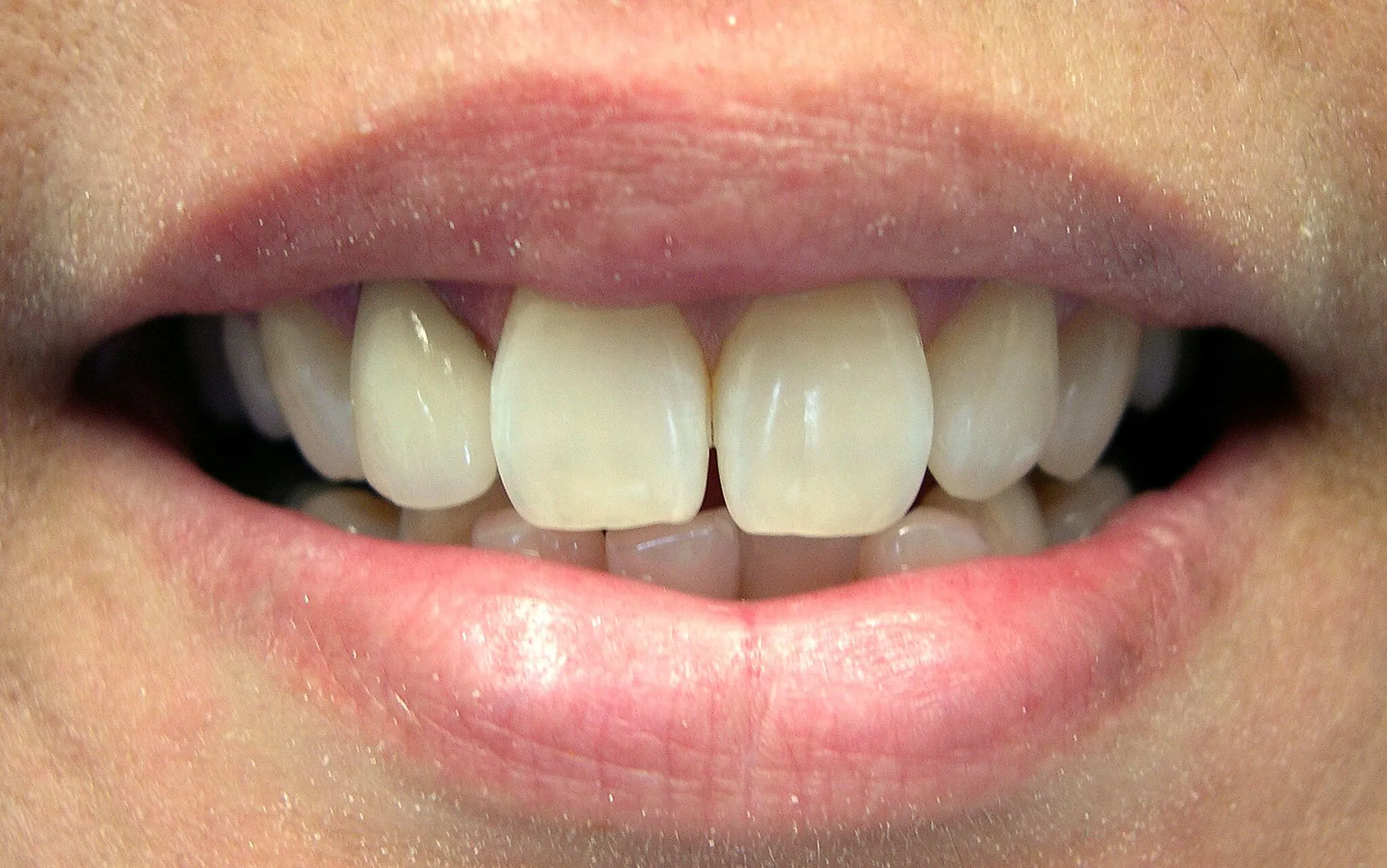
Avoiding staining foods and drinks is essential for maintaining the results of your teeth whitening treatment. During and immediately after whitening, your teeth are more porous and susceptible to staining. Foods and drinks like coffee, tea, red wine, berries, and dark sauces can easily stain your teeth, leading to uneven results. Consider using a straw for drinks to minimize contact with your teeth. If you consume staining foods, rinse your mouth with water immediately afterward. Following this simple yet important advice is essential to avoid setbacks and keep your teeth white.
Maintaining Oral Hygiene
Maintaining excellent oral hygiene is vital for keeping your teeth bright and healthy after whitening. Brush your teeth twice a day with a soft-bristled toothbrush and use a whitening toothpaste to help remove surface stains. Floss daily to remove plaque and food particles from between your teeth. Consider using an alcohol-free mouthwash to further enhance your oral hygiene routine. Regular dental check-ups and professional cleanings are also essential. Your dentist can remove any built-up plaque and tartar, which can impact the brightness of your smile. By following a consistent oral hygiene routine, you can prolong the results of your teeth whitening and keep your smile looking its best. Proper oral hygiene is a cornerstone for maintaining a healthy and radiant smile.
Conclusion
Achieving a beautifully white and even smile is within reach with proper understanding and care. Blotchy teeth after whitening can be frustrating, but by understanding the causes and taking proactive steps, you can successfully address and prevent this issue. From understanding the role of uneven application and incorrect tray usage to consulting with a dentist and following post-whitening care guidelines, the path to a perfect smile is clear. Whether you opt for professional treatments or at-home solutions, remember that consistency, patience, and professional guidance are key. With the right approach, you can enjoy a bright, confident smile and maintain it for years to come.
